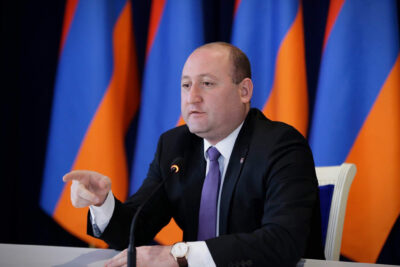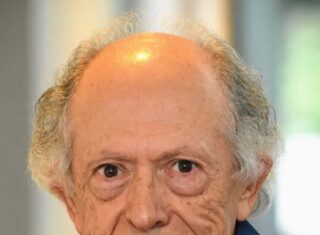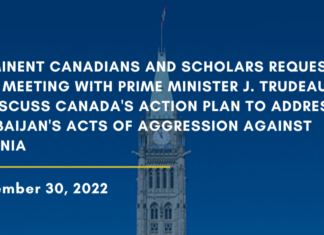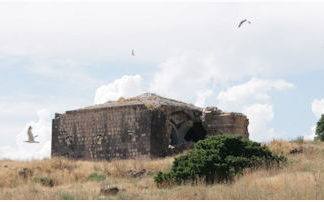By Edmond Y. Azadian
The late Armenian poet Gevorg Emin had a favorite anecdote to illustrate our parochial nationalism. The story takes place near Crimea, during World War II, when Nazi Germany had invaded the Soviet Union and had huddled thousands of POWs in a cave. An Armenian POW, groping in the dark, suddenly asks: “Guys, is there anyone among you from Akhta [a remote rural area]?” Another voice in the dark answers in Armenian, “why don’t you ask if there is any other Armenian in this multinational group?”
This anecdote exemplifies our parochialism and our tunnel vision. As in Plato’s Allegory of the Cave, from The Republic indicates, people confined to a cave have a distorted notion of reality; they believe the only reality is the view framed by the opening of that cave.
On a grander scale, Armenians in general are not too far from that soldier uprooted from his native village. His national identity, patriotism and vision are defined by the borders of his village.
The individual with tunnel vision cannot be blamed because geography and history have defined his identity, or the perception of that identity.
Armenians living in a mountainous country have been fragmented. And that fragmentation has been amplified by historic upheavals, deportations, foreign occupation and massacres.









